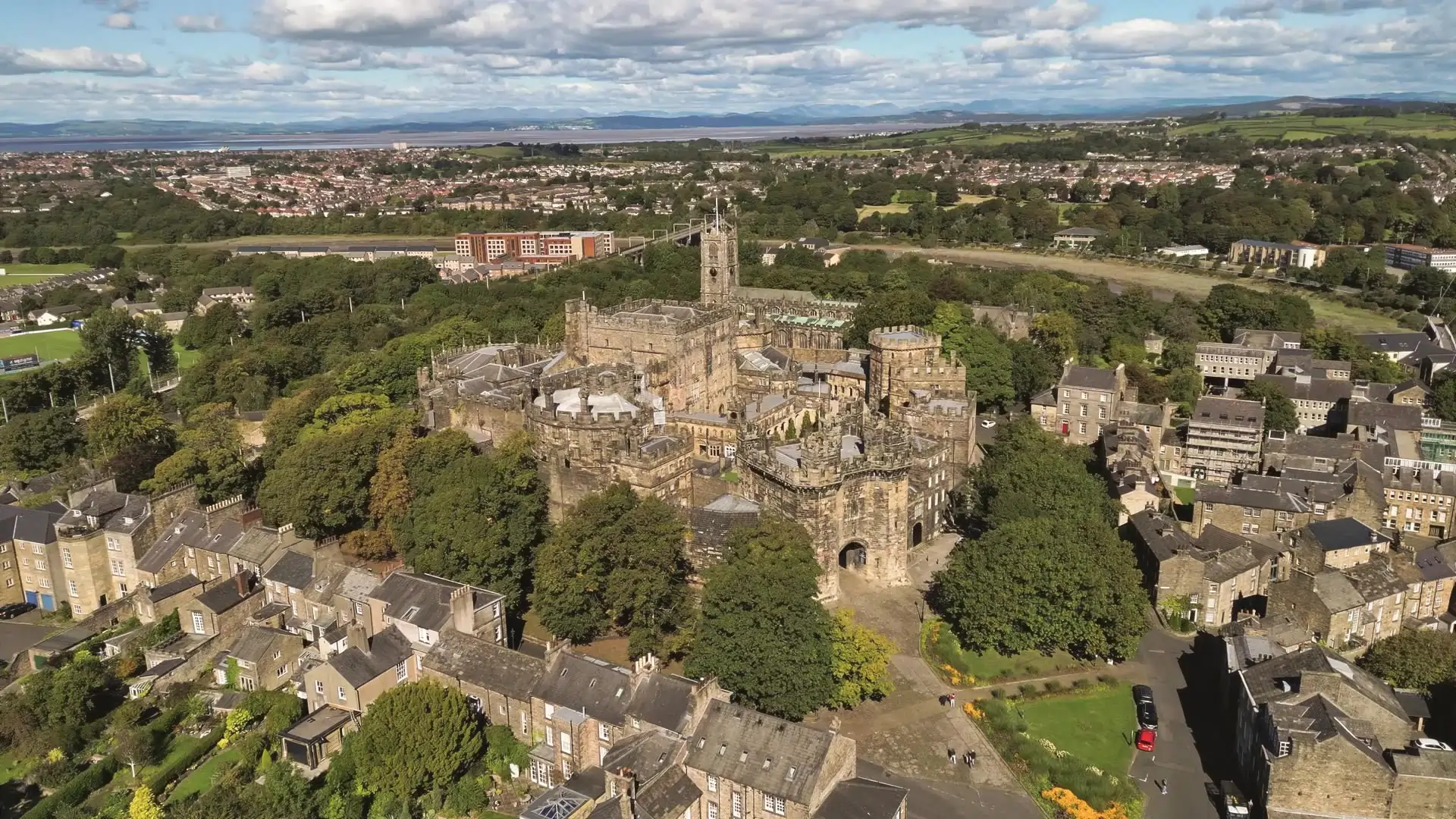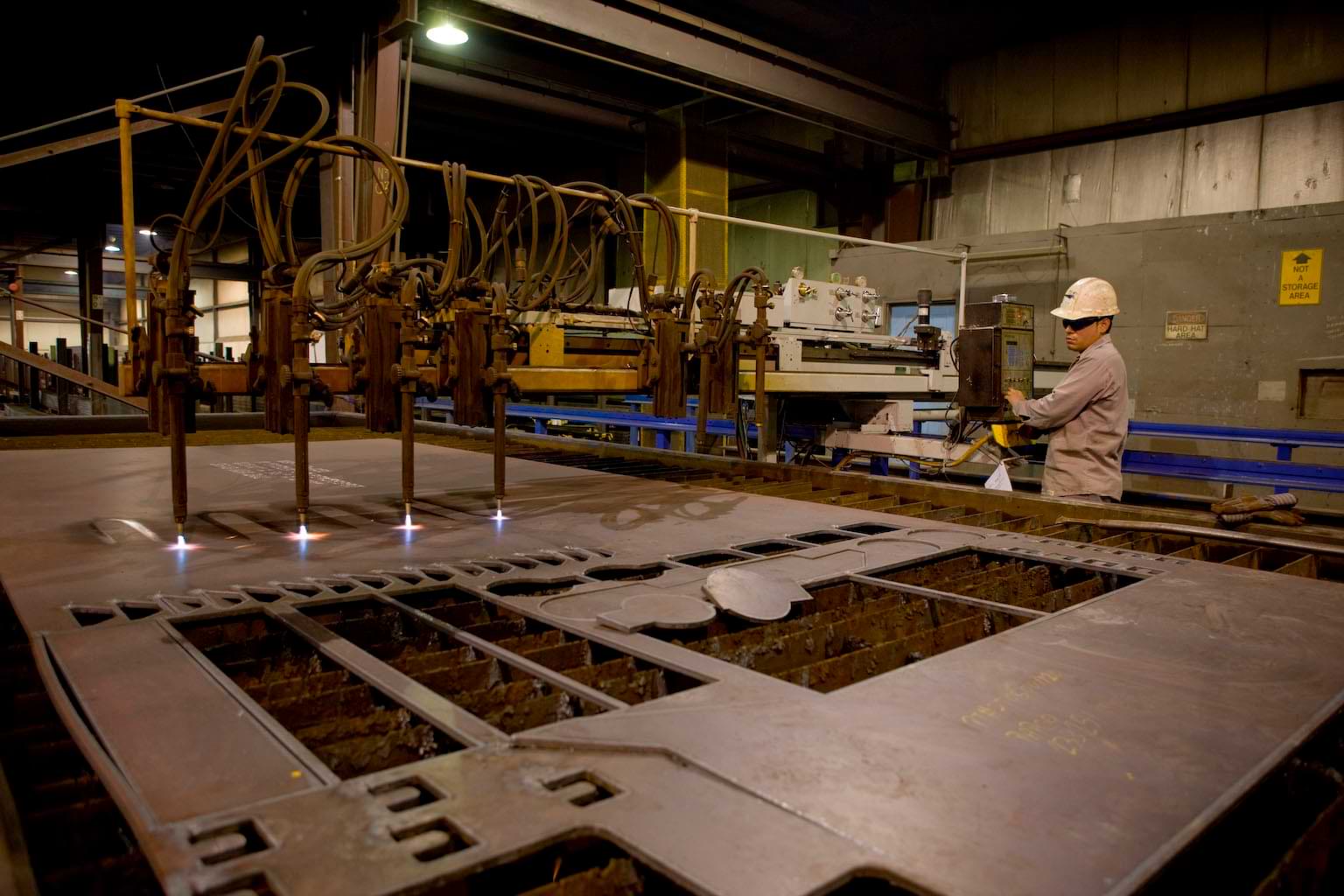Introduction
Lancaster is one of those rare places where deep-rooted history meets a thriving modern community. Whether you are referring to Lancaster, Pennsylvania, in the United States or Lancaster, England, the name conjures images of heritage architecture, education, cultural vibrancy, and economic growth.
Known for its mix of colonial heritage, industrial evolution, and innovation in sustainable urban planning, Lancaster continues to hold its relevance in 2025 as a living example of how cities can embrace the future while honouring their past.
According to the Census Bureau’s 2024 estimates, the population of Lancaster, Pennsylvania, stands at approximately 60,000 residents, with its metropolitan area reaching over half a million. Meanwhile, Lancaster, England, is home to around 140,000 residents and is recognised for Lancaster University, consistently ranked among the UK’s top academic institutions (Lancaster University Rankings).
We will cover both notable Lancasters where helpful, focusing on their heritage, economy, and societal contributions.
1. History of Lancaster
1.1 Early Beginnings
Lancaster, England, has its roots in the Roman era, with the establishment of a fort known as Calunium. The name “Lancaster” derives from the River Lune combined with the Old English ceaster, meaning Roman fort or town.
Lancaster, Pennsylvania, was formally founded in 1729 and became the state capital from 1799 to 1812. It played a crucial role in early American politics and served as the capital of the United States for a single day in 1777 when the Continental Congress briefly relocated there.
1.2 Industrial Development
In England, Lancaster developed as a medieval market town before growing into an industrial centre during the 18th and 19th centuries, with particular strength in furniture making and shipbuilding.
In Pennsylvania, Lancaster became known for its manufacturing base, especially in textiles, watchmaking (Hamilton Watch Company), and the rich agricultural productivity of the surrounding Amish farmlands.
1.3 Preservation & Legacy
Today, both cities are admired for balancing preservation and modernisation. Lancaster, Pennsylvania’s historic downtown boasts Federal-style buildings and a 120-year-old Central Market (Central Market Lancaster), while Lancaster, England’s castle and Georgian stone architecture are must-see attractions.
2. Geographical Overview
- Lancaster, Pennsylvania, is located in South Central Pennsylvania, roughly 70 miles west of Philadelphia. Surrounding Lancaster County is characterised by fertile farmland, gently rolling hills, and scenic byways.
- Lancaster, England, sits in Lancashire County, North West England, on the River Lune and near the Lune Valley. Its proximity to the Lake District makes it an ideal gateway for outdoor tourism.
3. Economy of Lancaster in 2025
3.1 Diverse Economic Sectors
Both Lancasters have embraced economic diversification.
- Pennsylvania:
- Agriculture-driven, supported by Amish and Mennonite communities
- Healthcare and manufacturing remain robust
- Tourism from heritage trails and farm experiences
- England:
- Education and research centres anchored by Lancaster University
- Growth in renewable energy and creative industries
- Strong public sector employment
3.2 Recent Developments
In Lancaster, Pennsylvania, 2024 initiatives focused on sustainable downtown revitalisation and affordable housing (the City of Lancaster Strategic Plan).
In Lancaster, England, local investments have gone to digital infrastructure and green transport projects in line with the UK’s Net Zero goals (Lancashire Economic Review).
4. Education & Research
4.1 Lancaster, Pennsylvania
- Franklin & Marshall College is one of the country’s top liberal arts colleges, emphasising a blend of classic and contemporary education models (Franklin & Marshall College).
- Notable public and private schools drive the city’s competitiveness in local and state education rankings.
4.2 Lancaster, England
- Lancaster University: Globally recognised, ranked within the top 15 UK universities in 2024, with research strengths in environmental sciences, management, and computing.
- Local colleges and vocational training centres focus on skills for modern industries.
5. Culture and Lifestyle
5.1 Arts and Heritage
Lancaster, Pennsylvania, features art galleries, artisan craft markets, and a thriving local theatre scene. Lancaster, England, has the Dukes Theatre, Lancaster Grand Theatre, and annual cultural festivals celebrating history and contemporary creativity.
5.2 Food & Culinary Scene
- Pennsylvania: Known for Pennsylvania Dutch cooking, fresh produce markets, and farm-to-table dining
- England: Mix of traditional British fare and international cuisine, boosted by its student population
6. Tourism Highlights
Lancaster, Pennsylvania
- Amish Country Tours for cultural immersion
- Fulton Theatre for performing arts
- North Museum of Nature and Science
- Historic Central Market
Lancaster, England
- Lancaster Castle: A well-preserved Norman castle with courtrooms and dungeon tours (Lancaster Castle Tours)
- Williamson Park: Home to the Ashton Memorial and butterfly house
- Maritime Museum for history enthusiasts
7. Transportation and Connectivity
- Lancaster, PA: Well-connected via Amtrak to Philadelphia, Harrisburg, and New York; car-friendly with easy access to the US. Route 30.
- Lancaster, UK: ServeUS, the West Coast Main Line rail service, connecting to London in under 3 hours, is close to the M6 motorway.
8. Business Opportunities in 2025
Lancaster offers ideal conditions for entrepreneurs, especially in:
- Sustainable tourism
- Agri-tech and food innovation
- Cultural and creative economy
- Green technology development
Initiatives like the Lancaster City Alliance in PA and Lancaster BID in England support small businesses with funding access and networking.
9. Sustainability Efforts
The two Lancasters have adopted greener city models:
- Switching to renewable energy sources for public buildings
- Expanding electric vehicle charging networks
- Promoting public transit and cycling infrastructure to reduce congestion
10. Future Outlook
Lancaster’s combination of heritage tourism, modern industries, and strong community identity positions it for steady growth. By 2030, Lancaster in both the UK and the US is likely to be cited in urban planning circles as a model for balanced development that maintains historical integrity while advancing technologically.
Conclusion
Lancaster is proof that cities can evolve without losing their soul. With investment in education, sustainable business practices, and cultural preservation, Lancaster—whether in Pennsylvania or England—remains a destination for both visitors and investors seeking places that blend tradition and forward momentum.
FAQs
Q1: Which Lancaster is older, Pennsylvania or England?
Lancaster, England, is significantly older, dating back to Roman times, while Lancaster, Pennsylvania, was founded in the 18th century.
Q2: Is Lancaster a good place to live in 2025?
Yes. Both cities offer a mix of cultural amenities, safety, and access to green spaces.
Q3: What industries drive Lancaster’s economy?
In Pennsylvania, the sectors include agriculture, healthcare, manufacturing, and tourism. In England: higher education, public services, creative industries, and tourism.
Q4: Can visitors explore Amish culture in Lancaster, England?
No. The Amish community is unique to Lancaster County in Pennsylvania.
Q5: Does Lancaster have sustainable development policies?
Yes. Both have public initiatives focused on renewable energy, green transport, and environmental conservation.




